Biological interpretation of genotype × environment interaction in rainfed durum wheat

Authors:
Climate variability and associated droughts are major environmental factors limiting crop productivity worldwide. Identification and better understanding of factors influencing genotype x environment (GE) interaction in drought-prone environments will allow breeders and producers to improve crop productivity. The objectives of this study were to identify genotypic and climatic factors responsible for GE interactions in durum wheat yield trials under highland cold and moderate cold rainfed areas of Iran. Field experiments were carried out using 20 durum wheat genotypes, differing in growth habit, in three highland rainfed research stations for three cropping seasons (2015-2018). Environments were characterized by climatic co-variables measured during the three seasons. Genotypes were described by co-variables related to phenology, agronomy and disease resistance. Possible factors influencing GE interaction were examined by factorial regression (FR), partial least squares (PLS) regression and the additive main effects and multiplicative interaction (AMMI) models. The results indicated that both AMMI IPCA1 and IPCA2 scores had positive and negative values, resulting in crossover GE interaction and leading to inconsistent yield performance of genotypes across environments. The AMMI, PLS and FR identified similar genotypic and climatic variables that explained a large proportion of the GE interaction for grain yield. Based on the results, the climatic variables of average temperature, rainfall, relative humidity, minimum and maximum temperature, and genotypic variables of heading date, plant height and 1000-kernel weight were among the most important factors responsible for differential genotype adaptation. The PLS biplot showed that the genotypic responses to environmental covariates depended strongly on the growth habit type. This information can contribute toward the identification and biological understanding of adaptive characteristics relevant for durum wheat breeding in highland cold rainfed conditions of Iran and facilitate cultivar recommendation at eco-regional level. In conclusion, the AMMI, PLS and FR complement each other and the PLS biplot offered further interpretations of the GE interaction including differential genotype adaptation.
